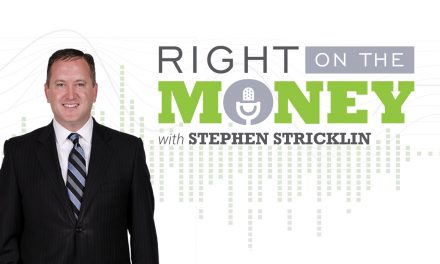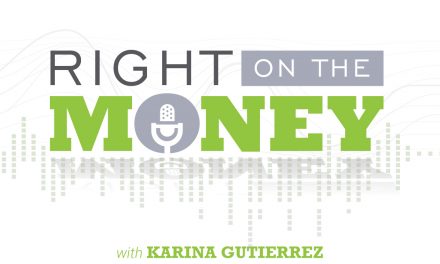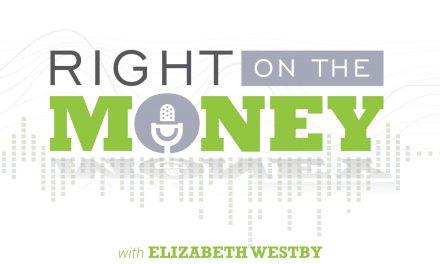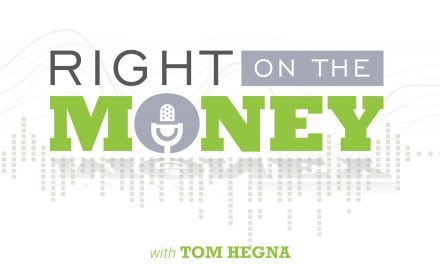Who has time to really understand their investments? After all isn’t that the reason most investors outsource their investment decisions to a financial advisor? Taking the time to learn the market is a vocation in itself. But if time is money, then knowing why you bought what you bought is a good part job to pursue. After a market correction, there always seem to be a few brave investors that dig deep into their portfolios to examine what they own. Often—too often—they are surprised to discover knowing what they know now, they would have never invested in the financial product they bought for their portfolios and retirement plans.
Who has time to really understand their investments? After all isn’t that the reason most investors outsource their investment decisions to a financial advisor? Taking the time to learn the market is a vocation in itself. But if time is money, then knowing why you bought what you bought is a good part job to pursue. After a market correction, there always seem to be a few brave investors that dig deep into their portfolios to examine what they own. Often—too often—they are surprised to discover knowing what they know now, they would have never invested in the financial product they bought for their portfolios and retirement plans.
Who has time to really understand their investments? After all isn’t that the reason most investors outsource their investment decisions to a financial advisor? Taking the time to learn the market is a vocation in itself. But if time is money, then knowing why you bought what you bought is a good part job to pursue. After a market correction, there always seem to be a few brave investors that dig deep into their portfolios to examine what they own. Often—too often—they are surprised to discover knowing what they know now, they would have never invested in the financial product they bought for their portfolios and retirement plans.
Many investors may have complex mutual and electronic traded funds allocated in their retirement holdings too risky based for their risk tolerance. Undergoing a risk-assessment test can be a first step in building a financial profile. If your psychological profile just can’t handle the wild swings of the market, a 20-year time horizon may not be able to bring solace to your frayed emotions. You may have to seek out lower beta-risk products. Sometimes it’s not a matter of risk, it’s a matter of costs. Some investors have no idea what the true price tag of the funds they own. They may have had the prospectus delivered to them and the expense ratio costs explained, but rarely are investors offered the Statement of Information (The SAI Report) that includes ancillary charges, some of which are higher than the expense ratio of the fund.
Another idea of interest is the diversification of investment asset classes and their market correlation. It’s tough for the average investor to get a handle on the economic forecast of the country, much less the world. The global markets seem so tied together that a nation like Greece can significantly affect the U.S. markets. So understanding true asset diversification and how they react under market conditions can alter your approach to investing. Everyone wants to avoid losses, but few escape the unpredictable seismic shifts that can send shockwaves throughout the world markets and trigger losses in your portfolio.
There are professing market timers who suggest they have a working model with a historical track record on avoiding market losses. There are also tactical planners, who use multiple money managers in a methodology to curtail losses. Watch the interview with economist and financial advisor John Dubots on mitigating market losses. [URL] An informed investor can only manage what they purchase and give a sound reply to why they purchase it.
Syndicated financial columnist and talk show host Steve Savant interviews John Dubot financial planner and economist. John is one of the leading proponents of tactical investing in the country and has been featured in Forbes and Fortune Magazine.





